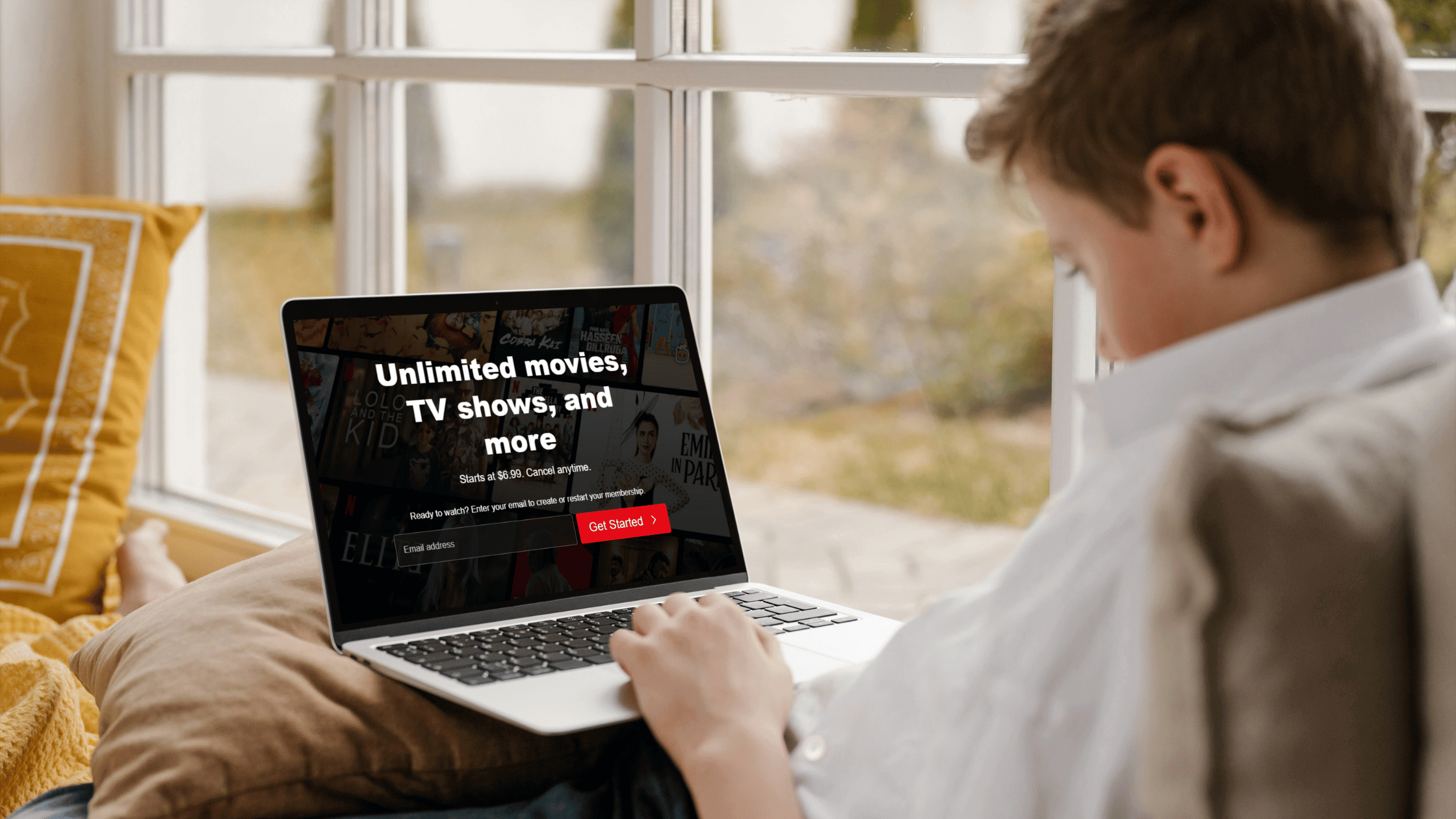Your Netflix subscription might offer more than just entertainment—it could provide valuable lessons on saving for retirement. As the streaming generation, many of us have become accustomed to spending money on digital entertainment. An overwhelming 99% of households pay for at least one or more streaming services. Whether it’s Netflix, Amazon Prime Video, or another streaming service, our monthly subscriptions have become a normal part of life. But what if these streaming habits could teach us about financial planning?
The truth is the way we handle our subscriptions can offer valuable insights into long-term savings strategies. Here’s how:
Show Me the Money: Harnessing the Subscription Model
Think about how effortlessly you pay for your Netflix or Spotify each month. The money leaves your account automatically, and you barely notice it because you’ve built the habit of paying it consistently. Apply this principle to retirement savings: set up automatic contributions to a 401(k) or IRA. Just as with your subscription services, making savings automatic ensures it becomes a regular, unobtrusive part of your financial routine.
When you’re ready, Log in to your 401(k) account and set your contribution amount. These contributions are automatically deducted from your paycheck, making the process easy and seamless. Just as you might prioritize that small expense for your entertainment, consider making saving for your future a top priority as well.
Tiny Streams, Big Dreams: The Power of Small Contributions
A Netflix subscription might cost around $15 a month, and a Spotify premium plan may cost about $10 a month. These amounts seem small, but if you look at what you spend annually, it starts to add up—around $300 or more just on these two services alone.
Now, imagine if you applied the same mindset to your retirement savings. Even modest monthly contributions can grow significantly over decades, thanks to compound interest. Use a “401(k) Paycheck Calculator” to decide how much you can comfortably increase your contributions from your paycheck and see potential tax savings. You might be surprised at how minor changes today can have a significant impact on your future.
Stream Smarter: Balancing Your Wants and Needs
When signing up for multiple streaming services, it’s easy to lose track of how much you’re spending. Before you know it, you might subscribe to five different platforms, costing you more than you realized. It’s time to make some decisions on which subscription offers the best content for the price.
The same principle applies to budgeting for your financial future. Just as you weigh the cost and benefits of various streaming services, you should also evaluate your retirement expenses. Consider what’s essential vs. discretionary in your budget. Assess different 401(k) investment options by looking at fees and potential returns. This careful evaluation helps you balance enjoying life now and preparing for the years to come.
Mix It Up: Diversify Like a Netflix Playlist
Just as Netflix and Spotify offer a diverse range of content, diversify your retirement investments. By spreading your 401(k) investments across different types of assets like stocks, bonds, and mutual funds, you can reduce risk and increase your chances of good returns. Just as you wouldn’t stick to one genre of music or movies, you shouldn’t put all your retirement savings into one type of investment.
Additionally, streaming services use data to recommend shows and music based on your preferences. In the same way, you can use financial data and trends to guide your retirement planning. Keeping an eye on market trends, understanding economic indicators, and getting advice from financial professionals can help you make smarter decisions about your 401(k) investments.
Financial Literacy for the Streaming Generation
Streaming services like Netflix and Spotify have changed the way we consume entertainment, but they can also change the way we think about money. Consider how much you spend on streaming services. Imagine if those funds were redirected toward retirement savings. By applying the principles of consistency, small contributions, and diversification from your subscription habits, you can build a solid retirement foundation.
So, next time you sit down to binge-watch your favorite show or stream the latest album, take a moment to consider how you can apply the lessons from your subscriptions to your retirement savings. After all, investing in your future might just be the most rewarding subscription of all.





